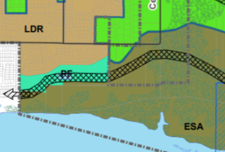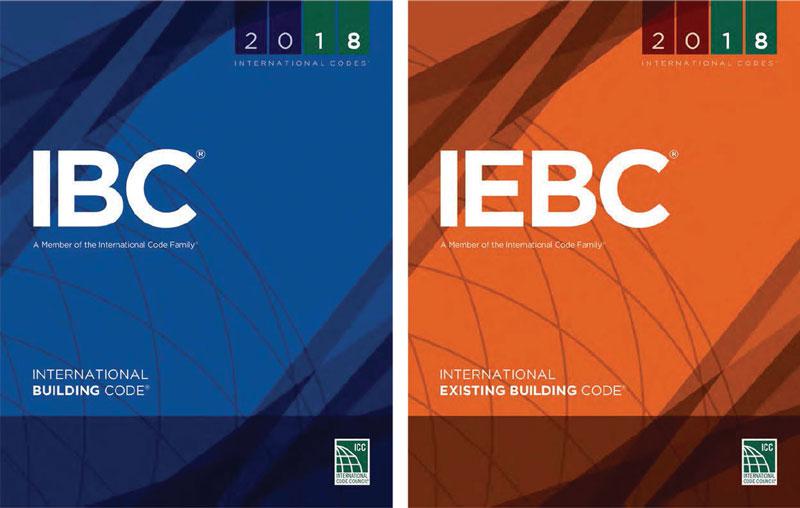WHAT IS MITIGATION?
Mitigation reduces or prevents the damage caused by natural disasters such as earthquakes and wildfires. It involves actions taken before the disaster occurs rather than improving response. Participation in this plan makes jurisdictions and organizations eligible to apply for FEMA grants and receive post-disaster funds.
WHY HAVE A DISASTER MITIGATION PLAN?
Disaster mitigation protects lives and property. It also saves money, about $6 for every $1 spent on mitigation. MAG, at the request of the mayors and county commissioners in Summit, Utah, and Wasatch counties, has created a plan that helps those participating access disaster funding, both before and after a disaster occurs.
Best Practices
Mitigation reduces or prevents the damage caused by natural disasters such as earthquakes and wildfires. It involves actions taken before the disaster occurs rather than improving disaster response. Participation in this plan makes jurisdictions and organizations eligible to apply for FEMA grants and receive post-disaster funds.

Keep people away from the hazard
Once a home or critical facility (school, pipeline, fire station, etc.) is in place there are few opportunities to correct errors in location or construction concerning hazards. For this reason, zoning ordinances, which restrict development in high vulnerability areas, are some of the most useful and cost-effective mitigation strategies and saves $13 per $1 spent on mitigation.

Follow good building guidelines
Building codes ensure that new buildings can withstand the damaging forces of hazards. It is far easier and more cost-effective to build well initially rather than retrofit a deficient building. Adopting Utah State's Building Codes is a great place to start.
The National Institute of Building Sciences found that every $1 spent on mitigation saves $6 when a disaster occurs.

Reduce the financial impact
Where people and buildings are located in vulnerable areas and nothing can be done to divert the disaster, insurance and grants serve to reduce the financial impact.
Discover
TIMELINE AND PROCESS
Kickoff Meetings
In January of 2020 MAG invited all jurisdictions and partner agencies such as the Bureau of Reclamation and Forest Service to a series of kick-off meetings.
Individual Meetings
In the summer of 2021 MAG met with each jurisdiction and pertinent stakeholders to present their risk analysis, explore hazard maps, and brainstorm mitigation strategies. View participants and meeting dates here.
Draft Plan
In October 2021 MAG shared the draft plan at 5 area meetings with participating agencies and to the public via social media and contact lists. See city feedback and the list of participants.
Adopt and Share
In early 2022 MAG shared the FEMA-approved plan with participants for adoption.
Participants
Summit County: Coalville, Francis, Henefer, Kamas, Oakley, Park City, and South Summit School District.
Utah County: Alpine, American Fork, Cedar Fort, Cedar Hills, Central Utah Water Conservancy District*, Eagle Mountain, Elk Ridge, Fairfield, Genola, Goshen, Highland, Lehi, Lindon, Mapleton, Nebo School District, Orem, Payson, Pleasant Grove, Provo, Salem, Santaquin, Saratoga Springs*, Spanish Fork, Springville, Vineyard, and Woodland Hills.
Wasatch County: Charleston, Daniel, Heber, Hideout, Independence, Interlaken, Midway, and Wallsburg
*Has an independent Pre-Disaster Mitigation Plan